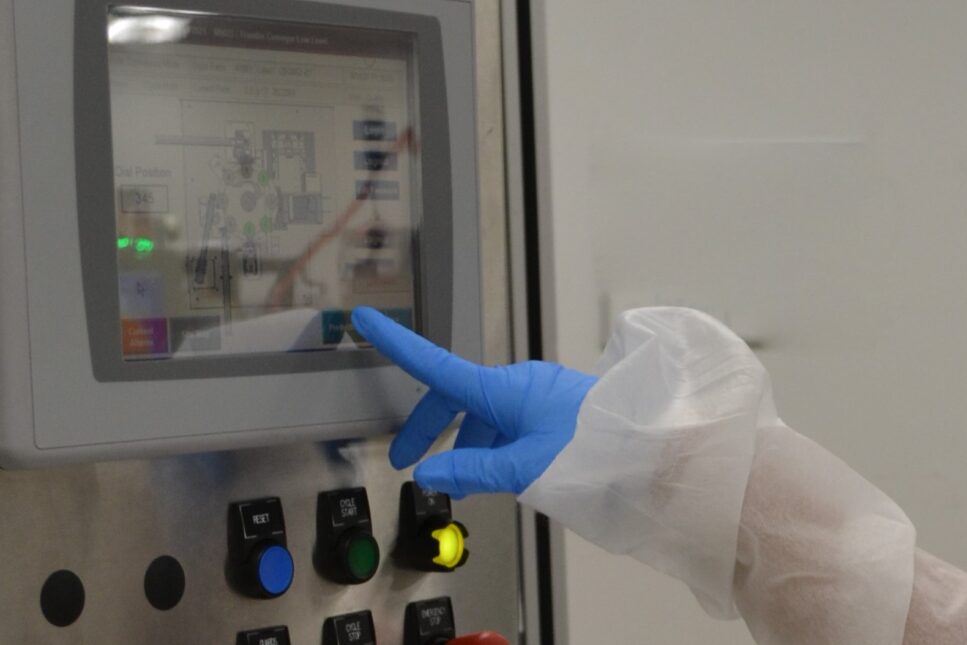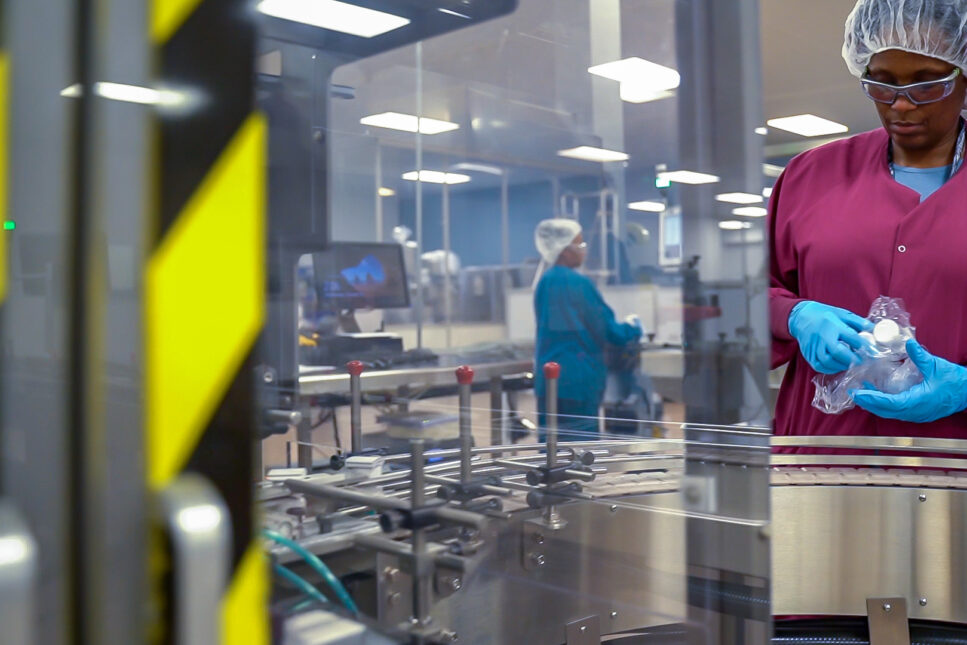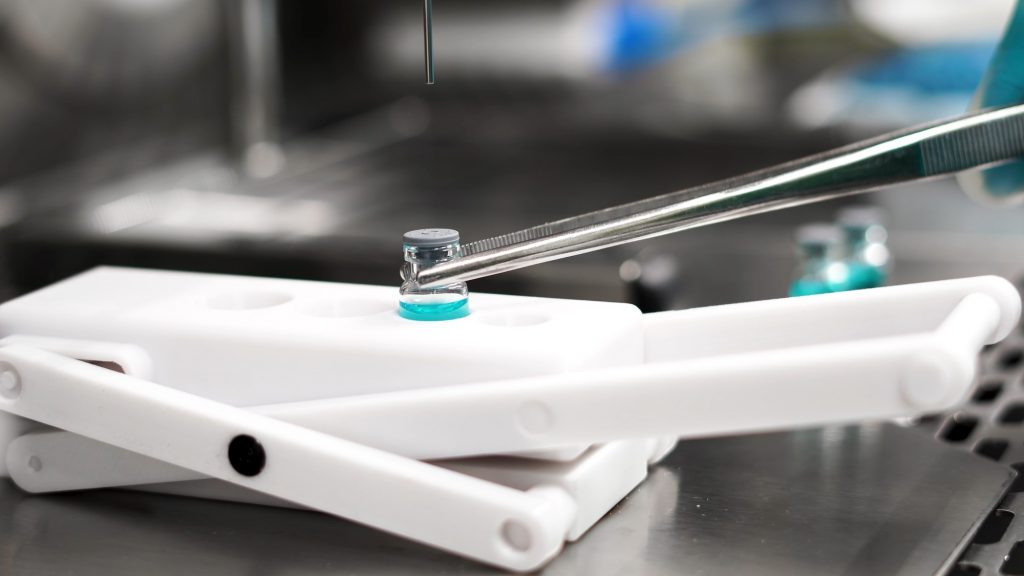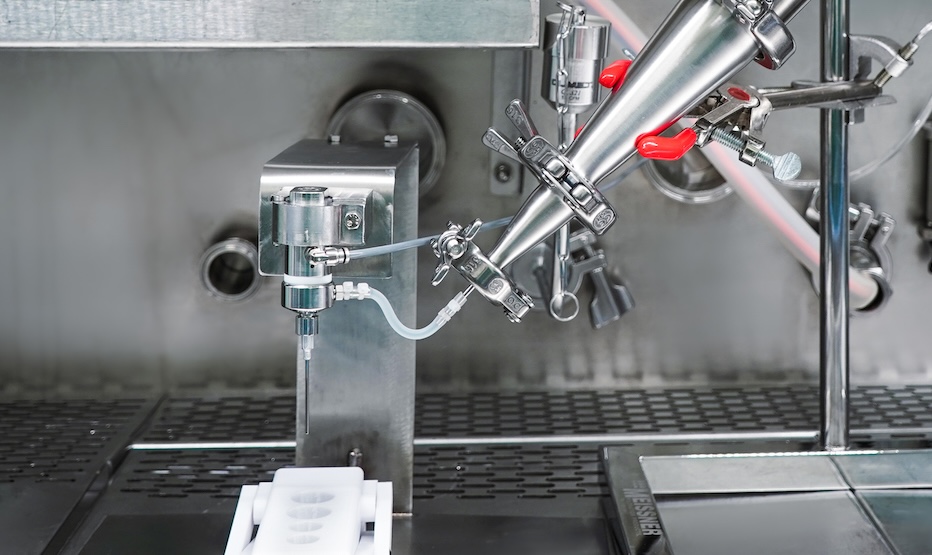Sharp, supported by Körber Pharma, finished the implementation of a PAS-X Manufacturing Execution System (MES) in its Heerenveen, Netherlands packaging plant.
Committed to Quality and recognizing the benefits that digitization could offer its customers, the MES transforms the way Sharp’s batch record process is executed, ensuring, standardization, compliance and creating efficiency.
Here, Liesbeth Callaars, Project and Engineering Manager and John Hoey, IT Business Partner, both of Sharp, as well as Jörg Friemel at Körber Pharma offer insights into implementing PAS-X MES with Electronic Batch Records (EBR) and explore the rationale behind investing in the technology.
Measure twice, cut once
To realize the full potential of MES and EBR, careful planning is critical and forms the foundation of every successful rollout. Testing the system design in a sandbox environment to make sure it fits with existing processes and requirements before implementation is critical.
Even with a turnkey solution, specific business processes must be mapped to the system, which is configured and parameterized accordingly.
Workshops held early in the planning phase with stakeholders representing every business function can facilitate project buy-in. More importantly they allow everyone involved to identify, explore and resolve topics and questions they perhaps wouldn’t have considered individually. One of the key areas explored involved questioning the controls from the previous way of working as these could become redundant when using the validated system. This more holistic approach can help to prevent delays later due to the emergence of unforeseen specifications.
Why implement MES?
Sharp’s decision to implement an MES was driven by a commitment to creating efficiencies wherever possible, which in turn benefits service delivery for clients.
Without MES, operational teams print lengthy pages of documents for each batch of product packed, which are then brought to the production floor and filled in manually. With MES, companies have predefined, standardized electronically and so will be able to release the EBR into the system immediately to allow operators to start the production process right away. This can provide significant time savings.
With big batch records, there are also a number of critical process steps that must be controlled. This demands additional checks from QA personnel who must verify that documents are being completed correctly and that the defined steps are being followed. With an MES system, those checks are reduced and there are fewer delays related to QA inspections, which helps create more efficiency on the line.
Customer benefits of MES & EBR
EBR ensures greater compliance by reducing the risk typically associated with manual or paper-based systems. The technology also facilitates the key concept of ‘Right First Time’ which drives efficiencies throughout the end-to-end batch manufacturing process and complements existing ‘Review By Exception’ protocols.
The typical approach from industry is for completed paper batch records to be reviewed by an internal quality team before being sent to customers for a secondary review. With EBR, a CMO’s customer only needs to review a certificate of completion as opposed to a full paper batch record which can significantly reduce review. For Sharp, there has been a 70% reduction in time spent since the rollout of PAS-X.
Integration
A digital approach to batch record processing affords the opportunity to integrate with other key enterprise systems including:
- An interface with Enterprise Resource Planning (ERP) for all batch related information
- Laboratory Information Management System (LIMS), and
- Quality Management Systems (QMS)
Together, these systems provide much better control, accuracy, and integrity of batch data.
Sharp has recently completed the implementation of its new Quality Management System ‘QualityOne’ at all its global facilities. This platform provides enhanced document management, training and electronic change control capability.
Having such capabilities increases an organization’s ability to reduce risk and improve compliance as well as improve operating efficiency and flexibility.
Next steps for Sharp
Investing in MES and EBR has allowed Sharp to digitally transform its batch record processes. As a customer-focused organization, embedding the tools and infrastructure that will improve operational efficiencies is an important part of Sharp’s commitment to improving the overall customer experience.
After the successful roll-out of the MES and EBR at Heerenveen, Sharp will develop a strategic business case to roll out PAS-X to other Sharp facilities in Europe and the US.





